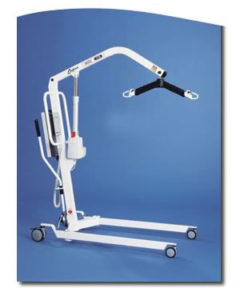What is all the fuss about manual handling training? We carry things every day in normal life so why do we need  training to do tasks at work?
training to do tasks at work?
Unfortunately, people get hurt more often than you may think. The Health and Safety Executive (HSE)
statistics show that in the UK in 2017 – 186.6 million working days were lost due to musculoskeletal injuries. Many of these were as a result of poor manual handling. Poor manual handling also accounts for the largest number of injuries and lost days of work in the health and social care sectors.
The Health and Safety at Work Act places a duty of care on employers to ensure, “so far as reasonably practicable, the health safety and welfare of people at work”.
Employers must, therefore, have safe systems of work in place to ensure the well-being of their employees and employees must be trained to perform the tasks their work requires in the safest way possible. The Act also places a duty on employees to follow the guidelines and safe systems of work laid out by the employer.
The employer has a responsibility to provide “suitable and sufficient” training for the employee. However, this is a very wide-ranging statement and is dependent on the employee’s duties.
Different duties would mean that the definition of “suitable and sufficient” training is very different from employee to employee.
Many care providers employers are turning to on-line training as it is viewed as cost-effective. The question is, “is on-line manual handling training suitable and sufficient for care staff?”
In their role, care staff are often required to assist people to move, which is a practical skill. I would argue that practical skills should be performed in training for a qualified trainer to observe. This is to allow the trainee to demonstrate they have the skills in a safe environment.
 If the employee is required to use any equipment, they should be trained in the specific use of that equipment. Again, this should be performed during a practical training session. This hands-on experience allows people to see, hear and carry out the task and are more likely to remember and be safe in their work.
If the employee is required to use any equipment, they should be trained in the specific use of that equipment. Again, this should be performed during a practical training session. This hands-on experience allows people to see, hear and carry out the task and are more likely to remember and be safe in their work.
The manual handling training that is provided by Positive Positioning focuses on several areas and can be tailored to meet the needs of the workforce. Our courses are delivered in modules and we continually observe and assess trainees.
As with a lot of training, it’s important to refresh your knowledge on a regular basis.
If you would like further information about our Manual Handling training please feel free to contact us



